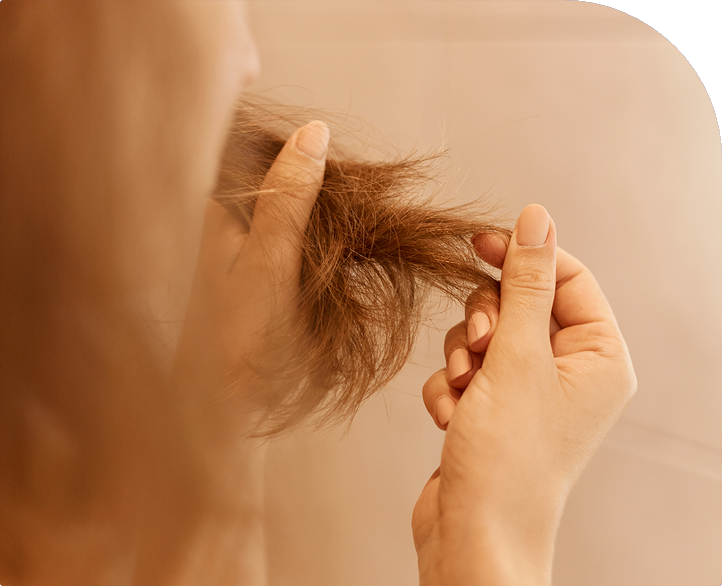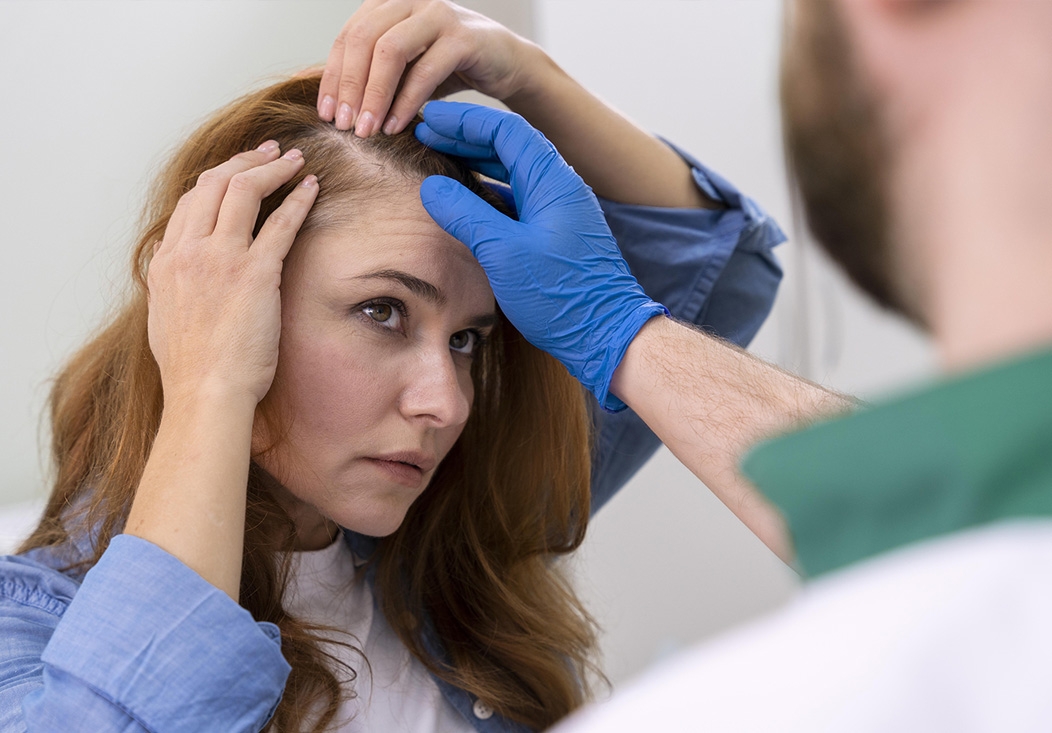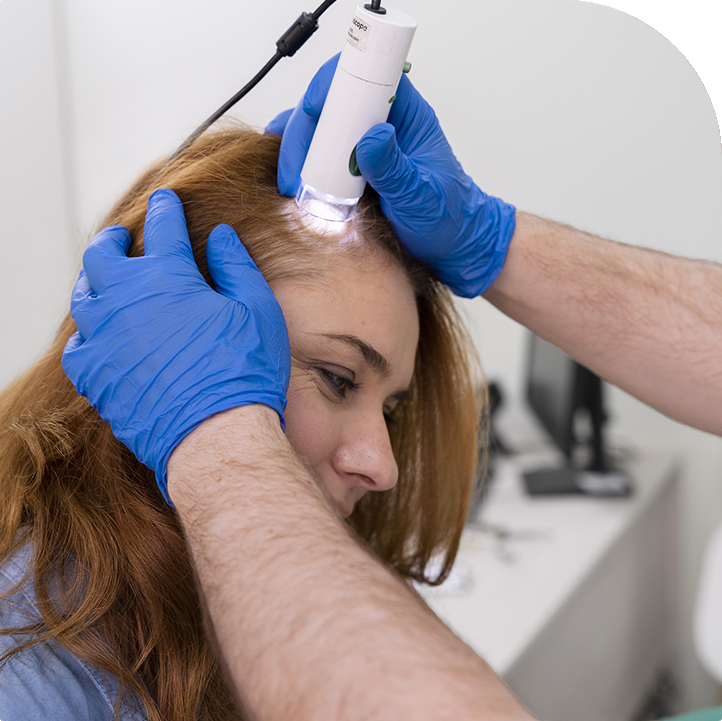Female pattern baldness (or androgenic alopecia in women) involves the thinning and loss of hair on the top of the head and is noticeable especially where the hair is parted. This is the most common type of hair loss for women but rarely progresses to total baldness.
If you are experiencing hair loss, you are not alone. More than 50% of women will experience significant hair loss. Fortunately, natural remedies for hair loss can be used to slow down the process. These treatments may be desirable over prescription hair loss treatments, such as minoxidil.
Female pattern baldness is a condition similar to male pattern baldness in that it is caused by hormones, aging and genetics. Heavy menstrual periods that cause anemia and oral contraceptives may also contribute to alopecia in women.
The condition involves the shrinking of hair follicles, resulting in thinner, shorter hair. Eventually, the follicle stops producing hair but remains alive which is important in considering treatment options. Hair loss is usually progressive and continual, so early intervention is the best way to prevent more severe hair loss.



Spark Health provides comprehensive hair loss treatment solutions for women. An advantage of Spark's naturopathic approach is our functional lab testing. With a simple blood draw, we can test for many nutrient deficiencies and hormonal imbalances. With this information, we can devise a customized treatment for female pattern baldness for each of our patients.
Your providers at Spark Health work as a team to understand your health goals and restore your health from the inside out. We know that every patient has unique health challenges and offer individualized treatment plans for optimal wellness. Spark Health was founded in 2013 in Solana Beach, California, to provide patients in Southern California with personalized natural medicine and wellness options.
Yes, hair lost because of female pattern baldness or androgenetic alopecia can be stimulated to regrow.
Fortunately, hair loss due to female pattern balding can be halted once treatment is started. There is no cure, however, and treatment needs to be continued or hair loss will resume. If hair loss is due to an underlying condition, like hypothyroidism or anemia, correcting the condition can reverse hair loss.
Hair loss and shedding naturally occurs twice a year, in the spring and fall. If hair loss or shedding continues, it is important to see your doctor for a workup to determine if there is an underlying medical cause.
The ability of the hair follicle to grow thicker hair depends on the overall health of the follicle, the treatment used, and the patient's health and stress levels, among other factors.